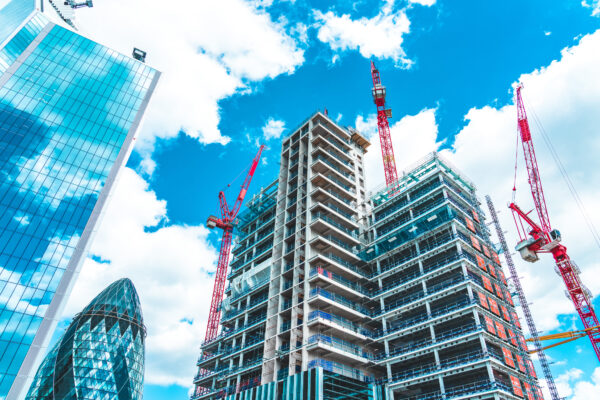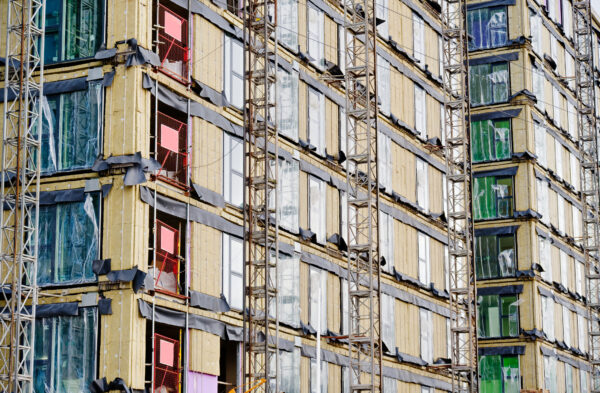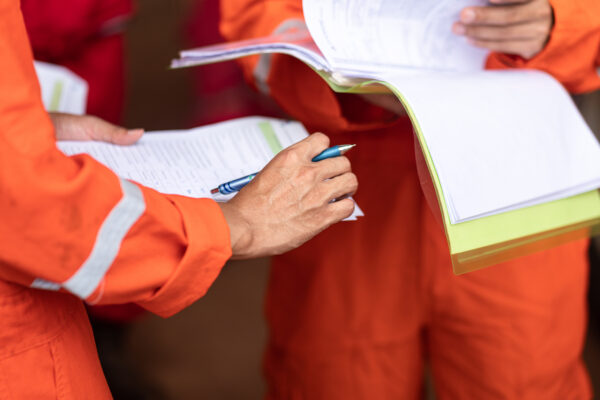

The current focus on green energy by the new Labour government, whether through promotion of wind and solar power, acceleration of the phasing out sales of new petrol and diesel cars and or a drive to improve energy efficiency in homes, will continue to have an impact on commercial property.
The sector already faces stricter energy efficiency requirements in particular through the UK’s own Minimum Energy Efficiency Standards. These impose certain requirements on sub-standard buildings and which are likely to become more stringent.
For example, the minimum rating on an Energy Performance Certificate, currently to be no worse than an E rating on the grant of a new lease or continuing to be let under an existing lease, is expected to be raised to a C rating from April 2027 and to B from 2030.
In addition to the regulatory pressure, developers, investors and occupiers are increasingly conscious of environmental, social and governance (“ESG”) factors within their own organisations.
They are also conscious of whether there is a desire do the right thing, public perception and reputation in the face of effects of climate change, and the effect on staff recruitment where candidates wish to see their concerns addressed within and aligned to the company’s values.
As a result, we are now regularly seeing green clauses included in new commercial leases in order to reduce the building’s environmental footprint. These cover energy conservation, waste reduction, water management, use of sustainable materials and green transport policies.
Rather than imposing specific obligations on tenants, the green provisions focus on joint objectives, promote collaboration and the sharing data and with a view to achieving cost savings.
There will of course be an effect on service charge costs, the terms for landlord’s consent to alterations and reinstatement obligations at the end of the term.
There are inevitably shades of green! The clauses can be set out in various formats, have differing legal effect and include degrees of commitment to the environmental targets. Those included in the lease itself will be legally binding, but not to the extent that forfeiture will apply for non-compliance.
Otherwise, the obligations may be found in regulations for the building or a tenant’s handbook or in a separate and voluntary memorandum of understanding.
Better buildings will often mean better achievable lease terms and better tenants for landlords, and new buildings constructed to a high standard with green certification, which include a high BREEAM assessment. They also mean the increasing availability of attractive financing terms for sustainable development.
This all plays a part in enhancing investment values, creating demand and achieving increased rents. However, the corollary is an adverse effect on secondary stock.
Non-compliant properties may suffer from higher renovation costs, reduced demand, lower achievable rents, restrictions on letting and higher operational costs. If a new planning regime and the drive for new development by the government can be implemented there may then be viable alternatives for these properties.










